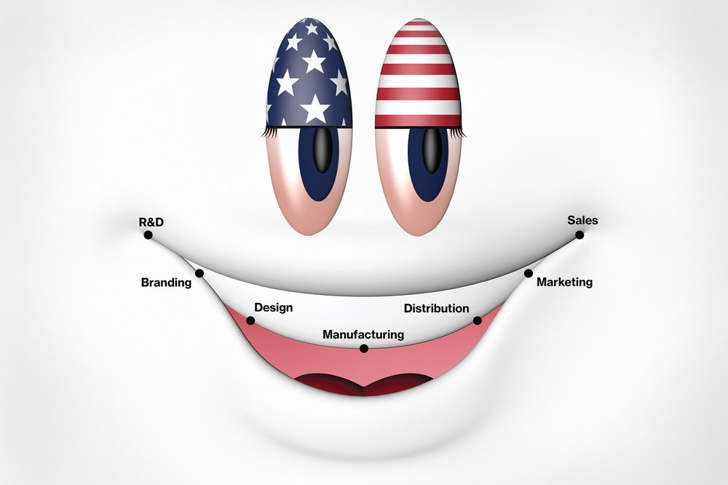Factories Won’t Bring Back the American Dream
Michael Schuman
1 hr agoDuring a phone call shortly after the November election, Apple Inc.’s chief executive officer, Tim Cook, got an earful from Donald Trump on the president-elect’s pet economic subject: factories. He prodded Cook to manufacture his iPhones and other gear at home rather than outsource them to China. “One of the things that will be a real achievement for me is when I get Apple to build a big plant in the United States, or many big plants,” Trump said he told Cook.
That sums up the economic vision of the Trump administration. The president and his advisers are convinced more factories can cure the trade deficits, lackluster growth, and (supposed) joblessness plaguing the U.S. economy. Trump has vowed to lure back plants that departed for cheaper locales such as China or Mexico and sanction companies that dare to leave. The result, he claims, will be investments that revitalize down-on-their-luck communities and American economic vitality. “We will bring back our jobs,” he pledged in his inauguration speech. “We will bring back our dreams.”
The president, though, is plain wrong. Factories won’t restore the American dream. That’s because they don’t contribute as much to the economy as they once did, despite all the fuss politicians make over them. Chasing them with pro-factory policies will not only fail to bring the benefits Trump has promised but could also hurt the very middle-class families they’re designed to help.
A die-hard conviction remains among many Americans that the more an economy manufactures, the stronger it is. Some workers feel that making steel or cars is more respectable than stacking shelves at a Gap, and the Trump administration readily agrees. Calling steel “critical to both our economy and our military,” the president signed an executive order in late April that in all likelihood will lead to curbs on imports to protect U.S. mills. Peter Navarro, one of Trump’s key economic advisers, argues that bringing factories back from foreign countries will shore up the nation’s growth and security. “One of the goals of the Trump administration is to reclaim all of the supply-chain and manufacturing capability that would otherwise exist if the playing field were level,” he recently said.

This strategy is based on flawed thinking. Manufacturing is certainly not as important to the U.S. economy as it once was, declining to less than 12 percent of gross domestic product in 2016 from 26 percent 50 years earlier. But the whole idea that “we don’t make anything,” as Trump himself has put it, is a fallacy. The U.S. remains a production powerhouse, accounting for almost 19 percent of global manufacturing, behind China’s 25 percent but bigger than Germany’s and Japan’s shares combined. U.S. manufacturers are still extremely competitive in high-tech and hard-to-duplicate products—think Boeing Co. aircraft. And even as some factory work has moved abroad, the U.S. economy remains remarkably strong. Home to many of the world’s most important and innovative companies, from Facebook Inc. to Tesla Inc., the U.S. boasts an unemployment rate of 4.3 percent, less than half the euro-area level.
What Trump fails to appreciate is that the true value in making something is no longer in making it. Companies figured out long ago that they can capture most of the value of a product by focusing on its design and research and development, its branding, and the services that support it after it’s been sold. Stan Shih, the founder of Taiwan’s Acer Inc., illuminated this phenomenon in the early 1990s with his “smile curve.” The middle of the smile—the lowest point of value—is where the fabrication takes place; the highest value is found at the corners—the R&D at the beginning and the customer service at the end.
<..snip..>
http://www.msn.com/en-us/money/markets/factories-won%E2%80%99t-bring-back-the-american-dream/ar-BBCh9t8?li=AA4Zjn&ocid=ientp